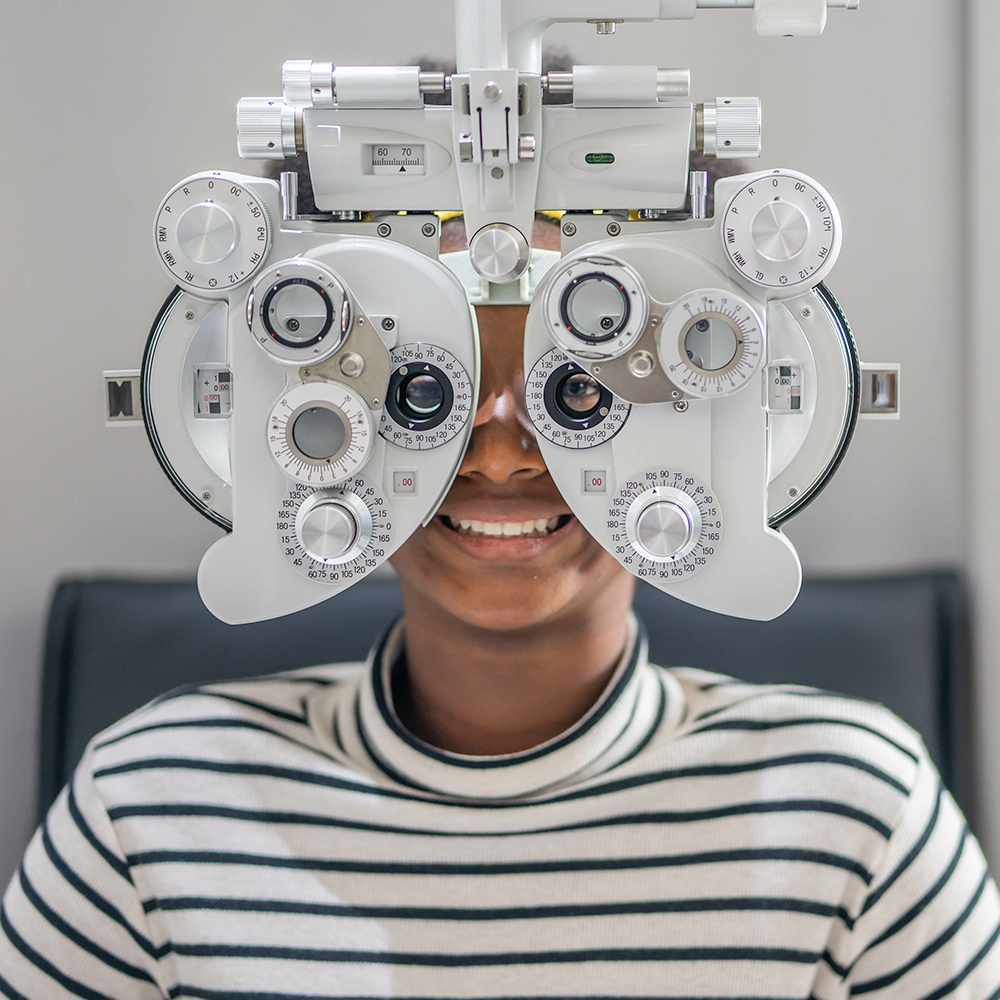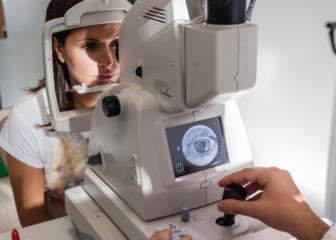Check Out the Best Optometrist Chino for Comprehensive Eye Care
Check Out the Best Optometrist Chino for Comprehensive Eye Care
Blog Article
Checking Out the most recent Technical Innovations in Optometry and What They Mean for Optometrists
In the ever-evolving field of optometry, recent technological innovations are improving just how professionals come close to eye care. From the accuracy of Optical Comprehensibility Tomography to the nuanced insights supplied by AI-driven diagnostic tools, these advancements are setting brand-new standards in person analysis and treatment. Teleoptometry is positioned to redefine accessibility, making certain that know-how transcends geographical limitations. As these innovations penetrate the practice, eye doctors are encountered with the challenge of accepting these tools to boost client results. Yet, the concern continues to be: exactly how will these technical changes redefine the roles and responsibilities within the career?
Developments in Diagnostic Equipment
Advancing the field of optometry, advancements in analysis tools have transformed the means eye treatment experts examine and detect ocular problems and aesthetic problems. The past decade has observed substantial technical advancements, allowing more exact and comprehensive examinations.
One more key innovation is the introduction of innovative corneal topography systems, which map the surface curvature of the cornea with precision. These tools are especially useful for suitable contact lenses and diagnosing corneal disorders. In addition, digital retinal imaging has actually transformed typical ophthalmoscopy, offering comprehensive, breathtaking views of the retina that promote thorough aesthetic examinations.
The development of wavefront aberrometry has additionally been essential, enabling the analysis of refractive mistakes with unrivaled accuracy (Eye Doctor Optometrist). This modern technology aids in tailoring corrective lenses and boosting surgical outcomes for refractive surgeries. Collectively, these diagnostic innovations encourage eye doctors to supply premium client care, guaranteeing very early treatment and customized therapy approaches, eventually improving aesthetic health and wellness outcomes
AI in Individual Management
Structure on the structure of sophisticated diagnostic devices, the incorporation of synthetic intelligence (AI) in client administration represents a transformative leap for optometry. AI systems are increasingly used to improve efficiency, accuracy, and personalization in person treatment. By evaluating huge quantities of data, AI can determine patterns and predict potential eye problems, making it possible for eye doctors to tailor treatments more properly. This capability is critical in handling persistent eye diseases such as glaucoma and diabetic person retinopathy, where early detection and continual surveillance are crucial.
Additionally, AI-driven systems help with streamlined person communications and management procedures. Automated scheduling, digital assessments, and personalized follow-up strategies not just improve patient satisfaction yet also optimize time administration for practitioners. These systems can triage individuals based on the necessity of their problems, guaranteeing that those in critical need get prompt focus.
Moreover, AI enhances decision-making by supplying eye doctors with evidence-based recommendations and treatment paths. By integrating information from digital health documents, AI devices supply insights that inform scientific decisions, lowering the threat of errors and boosting individual results. As AI proceeds to advance, its role in individual management will likely expand, improving the landscape of optometric care.
Developments in Retinal Imaging
In the world of optometry, retinal imaging has observed exceptional technical advancements that are enhancing diagnostic abilities and person care. Developments such as Optical Comprehensibility Tomography (OCT) and fundus digital photography have changed exactly how eye doctors picture and assess the retina. OCT, specifically, provides high-resolution, cross-sectional pictures of the retina, enabling the detailed examination of its layers. This ability is very useful for very early discovery and administration of problems like glaucoma, diabetic retinopathy, and age-related macular degeneration.
Boosted view it imaging modalities like OCT angiography are further refining diagnostic accuracy. This non-invasive method maps blood flow in the retina, supplying crucial understandings into vascular wellness without the demand for dye injections. Furthermore, flexible optics innovation is being integrated right into retinal imaging systems to correct ocular aberrations, delivering unmatched image quality. Such improvements assist in the identification of min retinal modifications that could symbolize disease progression.
In addition, developments in synthetic knowledge are increasing retinal imaging by allowing computerized evaluation of large datasets. These systems assist optometrists in identifying patterns a measure of pathology, therefore enhancing analysis precision and efficiency. Collectively, these advancements are changing retinal imaging right into a cornerstone of contemporary eye treatment, enhancing outcomes and increasing healing possibilities.
Teleoptometry's Growing Duty
Teleoptometry is increasingly coming to be a vital part of eye care, driven by innovations in electronic interaction and diagnostic devices. This is particularly beneficial in underserved and country areas where access to specialized eye care is usually minimal.
The combination of artificial intelligence (AI) further improves teleoptometry, allowing the analysis of visual information and helping in the detection of ocular problems such as glaucoma and diabetic person retinopathy. AI-powered formulas can swiftly translate intricate imaging information, offering eye doctors with beneficial understandings that bolster scientific decision-making.
Additionally, why not try here teleoptometry supports continuity of care with seamless combination with digital wellness documents (EHRs), permitting optometrists to keep detailed patient histories. When consulting with various professionals., this guarantees that patients get individualized and regular care even.
In spite of these benefits, obstacles continue to be, including making sure information safety and taking care of individual assumptions. Teleoptometry represents a considerable stride towards more available, reliable, and patient-centered eye care. As innovation develops, its role is poised to expand better.

Future Trends in Eye Treatment
A myriad of ingenious patterns is readied to reshape the future of eye care, driven by technical innovations and the developing requirements of clients. One significant trend is the combination of expert system (AI) in diagnostics, which guarantees to improve the accuracy and efficiency of eye assessments. AI formulas can evaluate huge quantities of information from retinal photos, possibly identifying conditions like diabetic retinopathy and glaucoma earlier than traditional approaches.
Furthermore, personalized medication is getting grip in optometry, with genetic screening educating customized therapy strategies. This technique aims to maximize person results by customizing interventions to private genetic profiles. Wearable innovation, such as clever contact lenses, is likewise coming up, supplying real-time tracking of intraocular stress or glucose degrees, therefore giving constant insights into eye and systemic wellness.
The fostering of augmented reality (AR) and virtual truth (VR) in training and client education is one more emerging fad. These innovations supply immersive experiences that can enhance understanding and abilities both for optometrists and patients. As these patterns evolve, eye doctors must remain abreast of technological improvements to give advanced care, making certain better person outcomes and satisfaction in the vibrant landscape of eye care.
Verdict

Jointly, these diagnostic developments equip eye doctors to provide superior person care, guaranteeing very early treatment and tailored treatment approaches, inevitably boosting aesthetic health and wellness results.

As these innovations proceed to evolve, optometrists must adapt and include them right into technique, inevitably enhancing operations performance and raising the criterion of eye care supplied to individuals.
Report this page